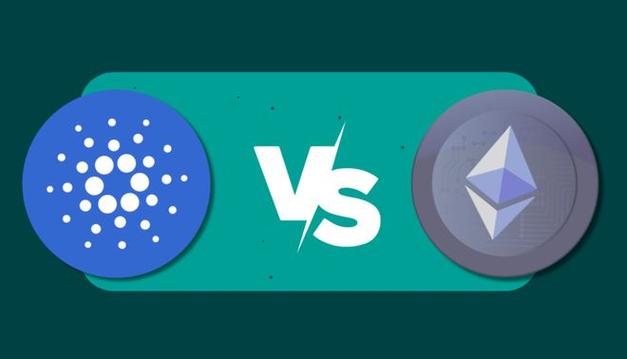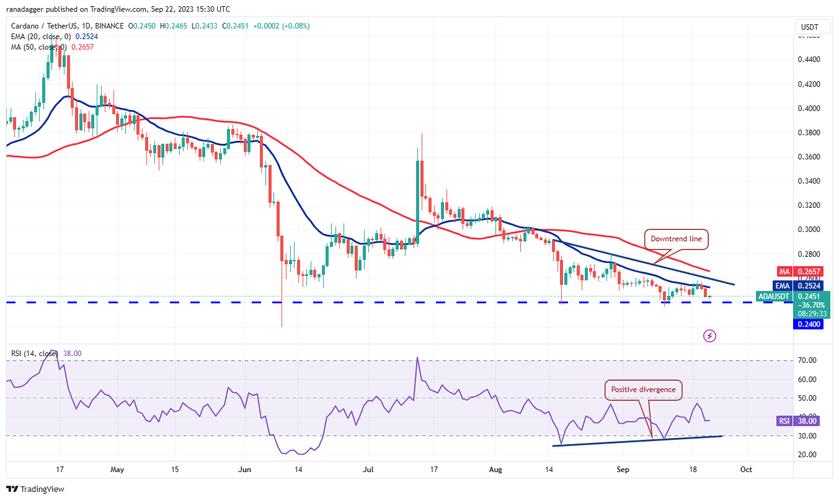Understanding ADA vs ETH Fees: A Comprehensive Guide
When it comes to cryptocurrencies, fees play a crucial role in determining the cost and efficiency of transactions. Two of the most popular cryptocurrencies, Cardano (ADA) and Ethereum (ETH), have different fee structures that can significantly impact your experience. In this detailed guide, we will explore the fees associated with ADA and ETH, comparing them across various dimensions to help you make an informed decision.
Transaction Fees: A Basic Comparison
Transaction fees are the primary costs associated with sending and receiving cryptocurrencies. Let’s take a look at the average transaction fees for both ADA and ETH.

| Cryptocurrency | Average Transaction Fee (USD) |
|---|---|
| Cardano (ADA) | $0.01 – $0.02 |
| Ethereum (ETH) | $2 – $5 |
As you can see, ADA has a significantly lower average transaction fee compared to ETH. This is due to the different consensus mechanisms and network structures of the two cryptocurrencies.
Consensus Mechanisms: A Key Factor
The consensus mechanism is a crucial aspect of a cryptocurrency’s network, as it determines how transactions are validated and added to the blockchain. Let’s compare the consensus mechanisms of ADA and ETH.
Cardano uses the Ouroboros protocol, which is a proof-of-stake (PoS) mechanism. This means that validators are chosen based on the amount of ADA they hold and are willing to “stake” as collateral. The Ouroboros protocol is known for its energy efficiency and scalability, which contributes to lower transaction fees.
Ethereum, on the other hand, currently uses the proof-of-work (PoW) mechanism, which is more energy-intensive and has higher transaction fees. However, Ethereum is planning to transition to a PoS mechanism called Ethereum 2.0, which is expected to reduce fees and improve scalability.

Network Scalability: A Critical Factor
Network scalability is another important aspect to consider when comparing ADA and ETH fees. Let’s explore how each network handles scalability.
Cardano’s Ouroboros protocol is designed to be highly scalable, with the ability to handle millions of transactions per second. This scalability is achieved through the use of layer 2 solutions, which offload some of the transaction processing to secondary networks, reducing the load on the main blockchain.
Ethereum, while currently facing scalability challenges, is actively working on solutions to improve its network’s performance. Ethereum 2.0 is expected to address these issues by introducing sharding, which will enable the network to handle more transactions per second.
Transaction Speed: A Key Consideration
Transaction speed is another important factor to consider when comparing ADA and ETH fees. Let’s take a look at the average transaction times for both cryptocurrencies.
Cardano’s average transaction time is around 20 seconds, which is significantly faster than Ethereum’s current average transaction time of about 14 minutes. This is due to the more efficient consensus mechanism and network structure of Cardano.
Network Security: A Fundamental Aspect
Network security is a critical aspect of any cryptocurrency, as it ensures the integrity and reliability of transactions. Let’s compare the security of ADA and ETH.
Both Cardano and Ethereum have robust security measures in place. Cardano’s Ouroboros protocol is designed to be secure and resistant to attacks, while Ethereum’s PoW mechanism has also proven to be resilient against various types of attacks. However, Ethereum’s transition to a PoS mechanism is expected to further enhance network security.
Conclusion
In conclusion, when comparing ADA vs ETH fees, it’s clear that Cardano offers a more cost-effective and efficient transaction experience. With lower transaction fees, faster transaction speeds, and a highly scalable network, Cardano is an attractive option for those looking to minimize costs and maximize efficiency. However, it’s important to keep in mind that Ethereum is also working on solutions to improve its network’s performance and reduce fees, making it a viable alternative in the long run.



